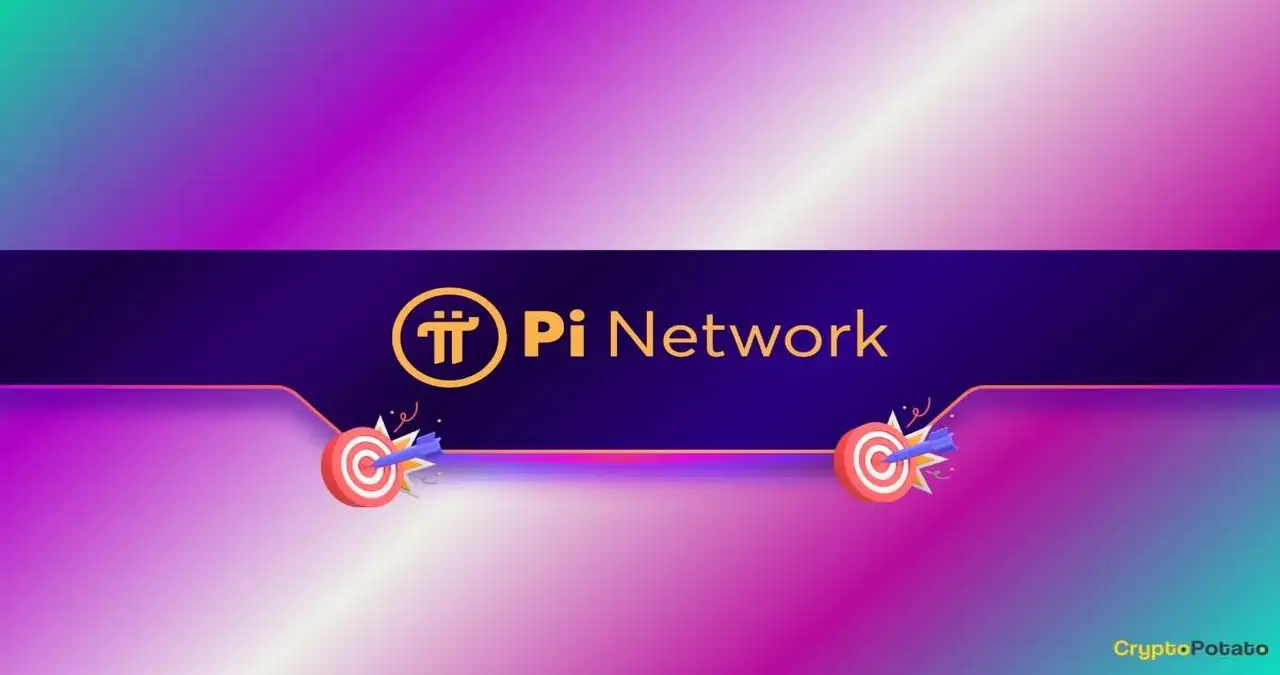Animeidhe Tai: The internet is no stranger to curious phrases, unexpected trends, and expressions that seem to appear out of nowhere and capture our collective attention. One such term quietly weaving its way into online discussions, forums, and niche communities is animeidhe tai. At first glance, it sounds like a mystical blend of syllables part anime, part philosophy, and entirely captivating. But what exactly is animeidhe tai, and why does it seem to strike a chord with so many?
For newcomers, animeidhe tai may sound like a new anime series, a philosophical school of thought, or a cultural movement. And honestly, it kind of touches all those corners. It’s fluid. It’s aesthetic. It’s conceptual. And it’s undeniably intriguing. This isn’t just another fleeting online trend animeidhe tai is beginning to feel like a digital philosophy, a cultural shift, or perhaps a new genre altogether.
If you’re someone who thrives on discovering emerging concepts before they go mainstream, or if you’re simply curious about this term that keeps popping up in visual content, niche communities, and creative works, then you’re in the right place. Let’s dive into the world of animeidhe tai its origins, its impact, and why it feels like more than just a catchy phrase.
What Does Animeidhe Tai Mean?
The first step to understanding anime is to resist the urge to define it too quickly. Unlike terms with a clear-cut dictionary definition, animeidhe tai thrives in ambiguity. That’s part of its appeal. It invites interpretation, creative exploration, and personal connection. That being said, most people who use or discuss the concept agree on a few key themes.
The word itself appears to be a fusion “animeidhe” suggests something inspired by anime or animated aesthetics, possibly referring to the emotional or expressive power that anime is known for. “Tai,” on the other hand, could be interpreted in various ways depending on the cultural context. It may suggest balance, style, form, or even a philosophical stance. Together, animeidhe tai starts to feel like a hybrid idea, where storytelling, emotion, aesthetic, and inner philosophy converge.
Instead of thinking of anime as just a term, it might be more helpful to view it as a lens through which people experience and create things. It’s not just what you watch, it’s how you watch it. It’s not just how something looks, but what it evokes. It’s about emotional resonance, stylized life perspectives, and an artistic framing of even the most mundane moments.
The Aesthetic Identity of Animeidhe Tai
If you’ve ever scrolled through a visual-heavy social platform and come across content that feels deeply emotive, colorful, a little surreal, and profoundly beautiful, that might be animeidhe tai in action. The aesthetic identity tied to anime is rich, layered, and often introspective.
Visuals associated with anime idhe tai lean into softness but not weakness. They highlight strength through vulnerability. Often inspired by anime’s detailed environments, character close-ups, and dream-like transitions, the anime idhe tai style transforms simple scenes into emotional masterpieces. Think late-night train rides, cherry blossoms falling in slow motion, or a quiet character staring into the distance with thoughtful intensity.
But animeidhe tai isn’t just limited to visual art. It’s also a mood. A feeling. A vibe that seeps into music choices, fashion styles, writing formats, and even daily routines. The aesthetic identity here is immersive, meant to make you feel rather than just observe. It’s personal yet relatable. Quirky yet grounded.
Many content creators, especially those on TikTok, Instagram, or niche Tumblr circles, have embraced this look and feel, often unknowingly tapping into anime idol principles without labeling it as such. That’s the beauty of it it doesn’t demand a name, yet it benefits from having one.
Emotional Storytelling and Animeidhe Tai
What separates anime from other internet subcultures or stylistic choices is its emotional core. At the heart of it, animeidhe tai is about feeling deeply and expressing those feelings unapologetically. This isn’t surface-level content. It aims to move you. To leave an imprint.
Whether through short animations, deeply personal text posts, or curated aesthetics that follow a narrative arc, animeidhe tai thrives on emotional storytelling. It doesn’t shy away from sadness, confusion, longing, or nostalgia. It often celebrates those emotions as valid, beautiful, and worthy of artistic attention.
This emotional storytelling isn’t always dramatic or over-the-top. Sometimes it’s found in subtlety in a quiet pause, an unresolved sentence, a visual metaphor that lingers in your mind long after you scroll past it. Animeidhe tai reminds us that stories don’t always need big action or loud dialogue. Sometimes the softest moments are the most powerful.
What makes this emotionally charged storytelling so effective is its authenticity. Animeidhe tai invites creators to be honest, even raw. This openness resonates with audiences who are tired of polished perfection and crave something real, even if it’s messy. Especially if it’s messy.

The Influence of Anime on Animeidhe Tai
It would be impossible to discuss anime without acknowledging its strong connection to traditional and modern anime. While not every piece of anime content qualifies as animeidhe tai, the reverse is almost always true animeidhe tai draws deeply from anime’s cultural well.
The visual cues, narrative tropes, character archetypes, and emotional pacing often reflect elements found in slice-of-life anime, coming-of-age stories, or philosophical sci-fi pieces. There’s an emphasis on atmosphere, emotional weight, and the existential questions that many anime series are known for.
But animeidhe tai doesn’t merely copy anime it interprets it. It takes the language of anime and rephrases it for a modern, often digital-native audience. It extracts the soul of anime and filters it through a new lens one that’s influenced by social media, hybrid identities, and ever-changing online communities.
In a way, animeidhe tai is a love letter to anime. It appreciates the genre not just for its art or entertainment value, but for its ability to connect people to their inner selves and each other. That deep appreciation is what gives anime its authenticity and emotional depth.
Animeidhe Tai as a Cultural Movement
So is animeidhe tai just a look? A mood? A stylistic phase? Or is it something more profound?
When you look at how it’s discussed, created, and shared, it becomes clear that animeidhe tai is slowly becoming a cultural movement. It speaks to a generation that craves meaning without always needing answers. It reflects a digital culture that values beauty but demands substance. And it creates a space where creators and audiences alike can explore themes like identity, memory, longing, and connection.
Animeidhe tai doesn’t need to go viral to matter. Its strength lies in its quiet power. It spreads through emotional resonance, not trends. It finds you when you need it most during late-night scrolls, quiet reflection, or creative blocks.
Much like cottagecore, vaporwave, or dark academia, animeidhe tai offers an escape. But it also offers something deeper: a framework for processing real-life emotions through a dreamy, artful filter. That’s not just cultural relevance that’s emotional utility.




